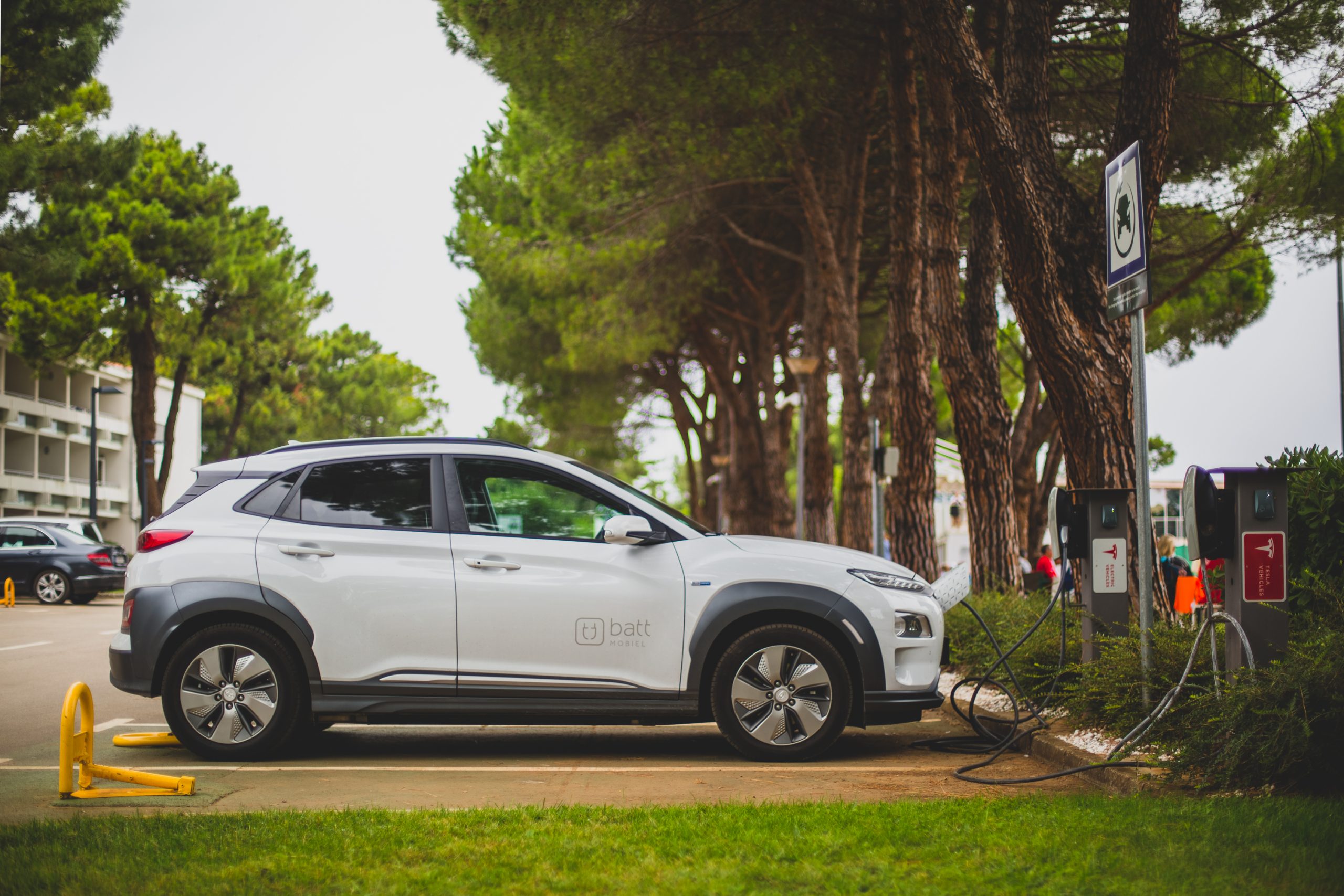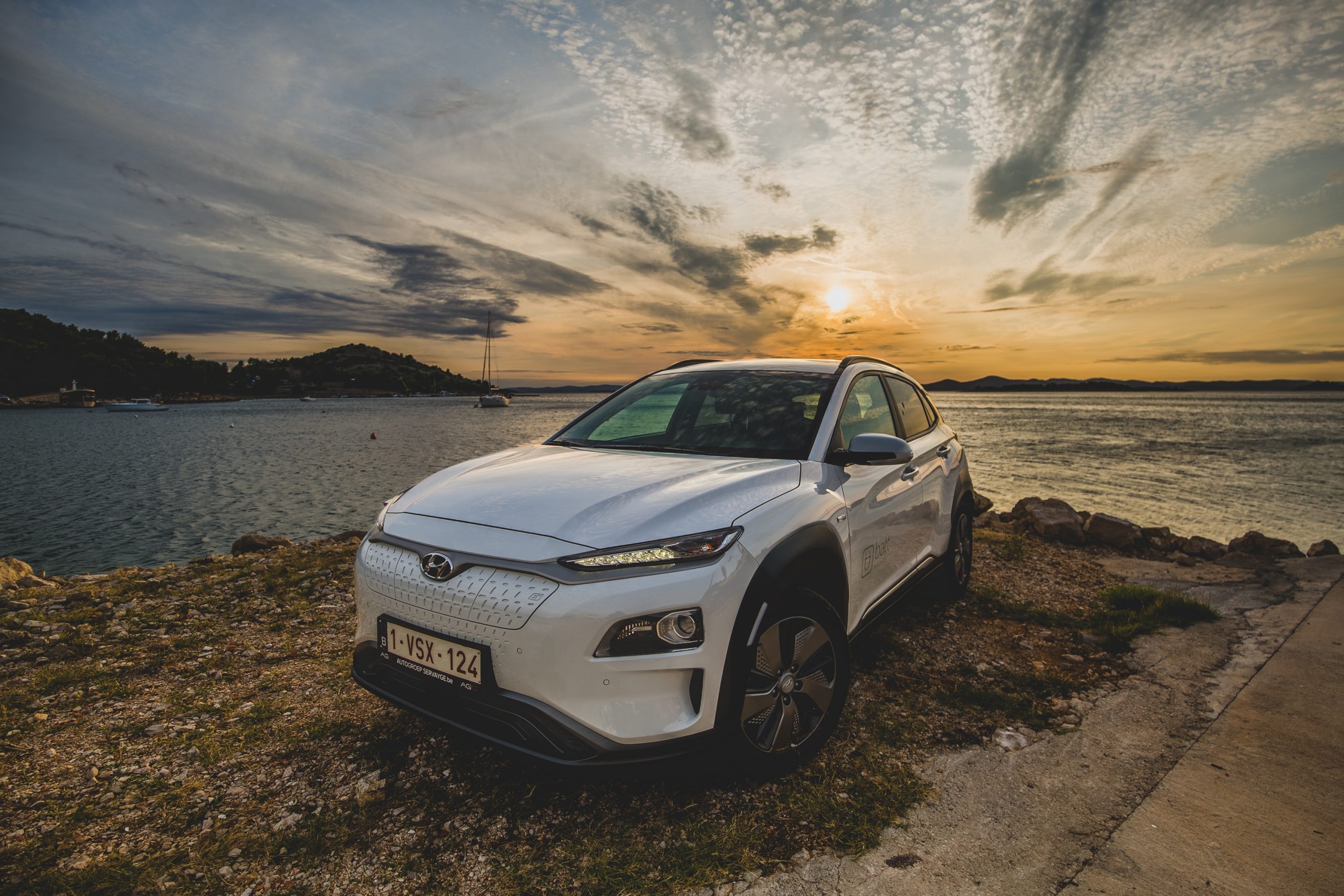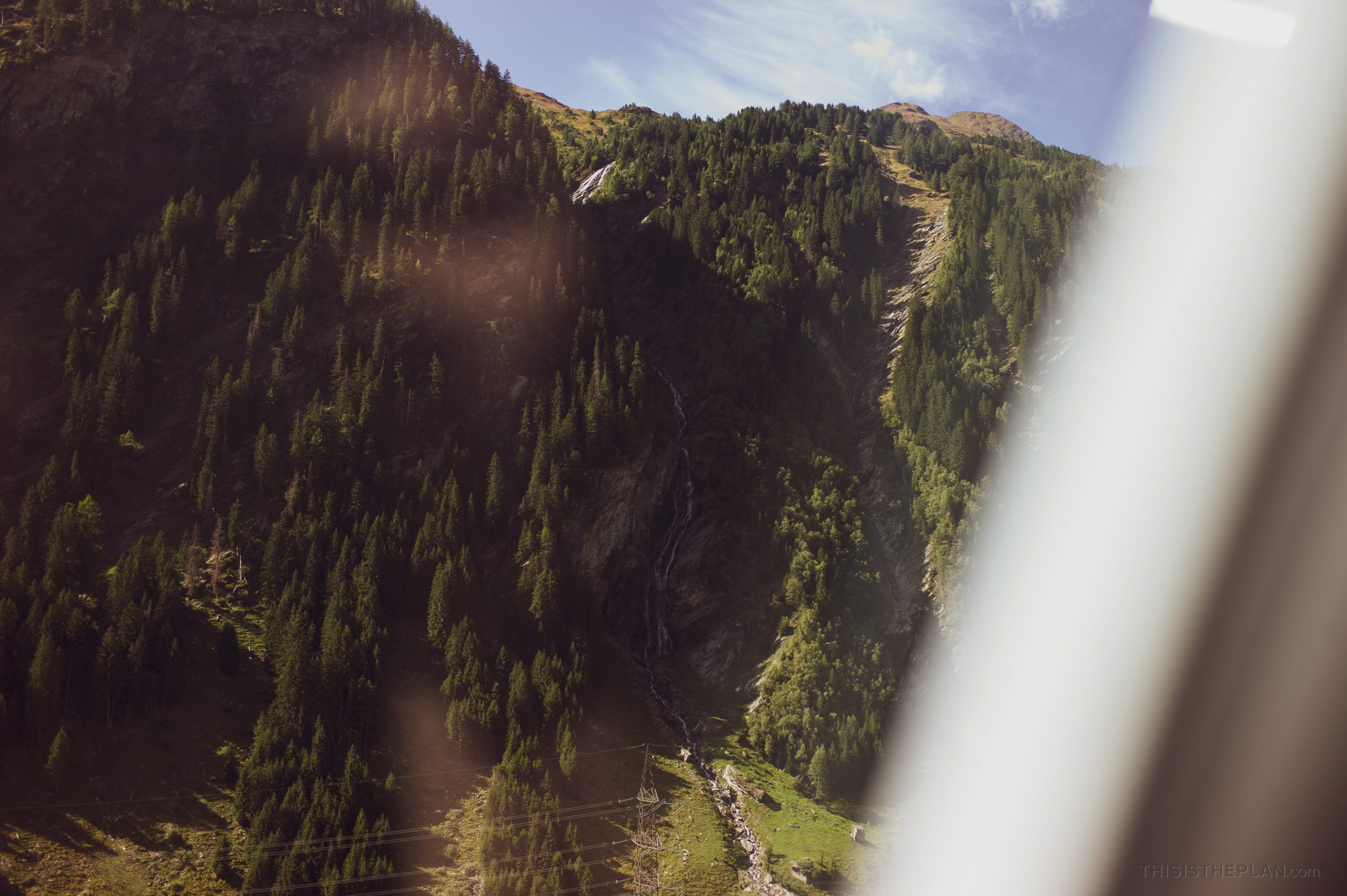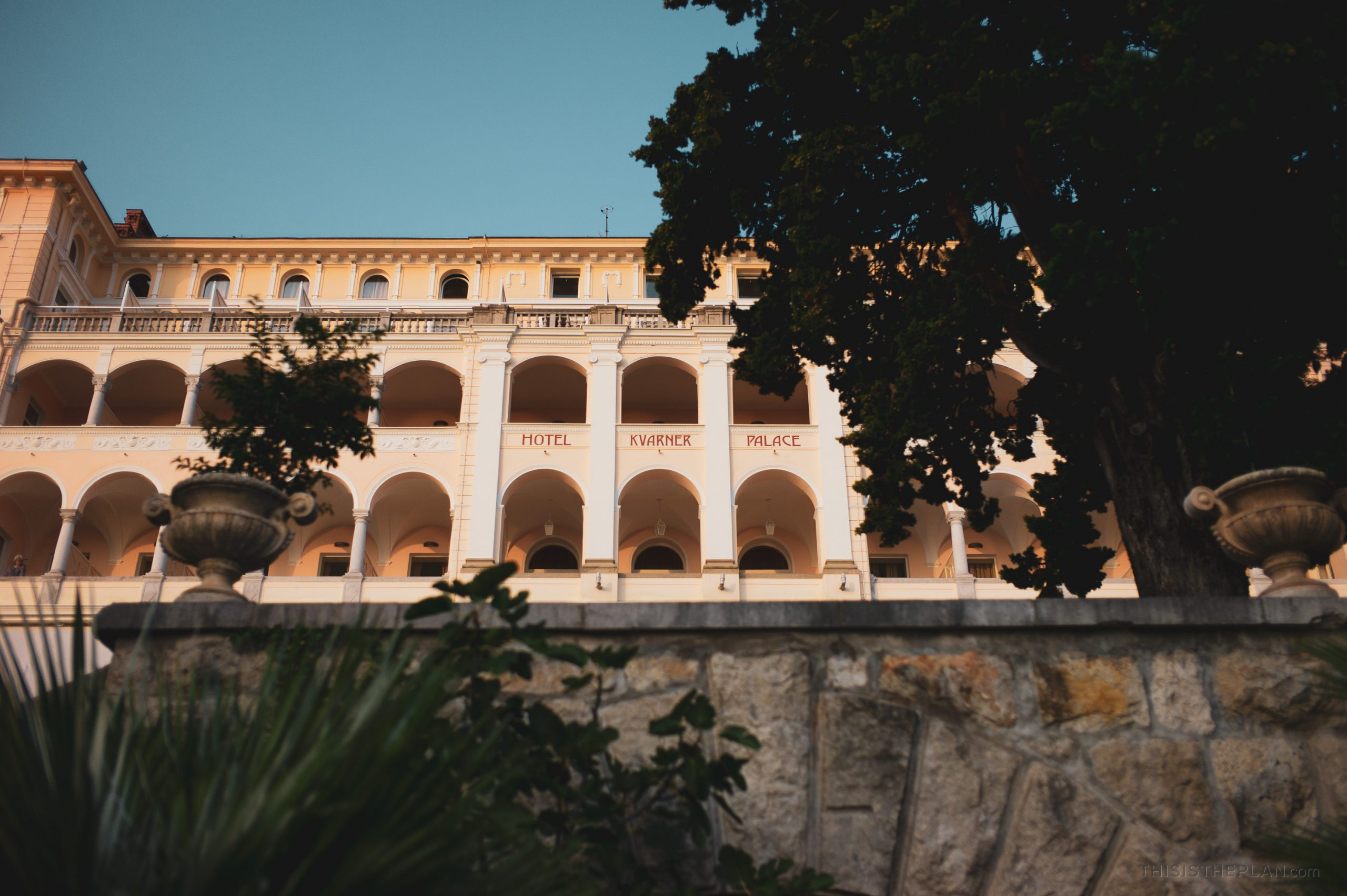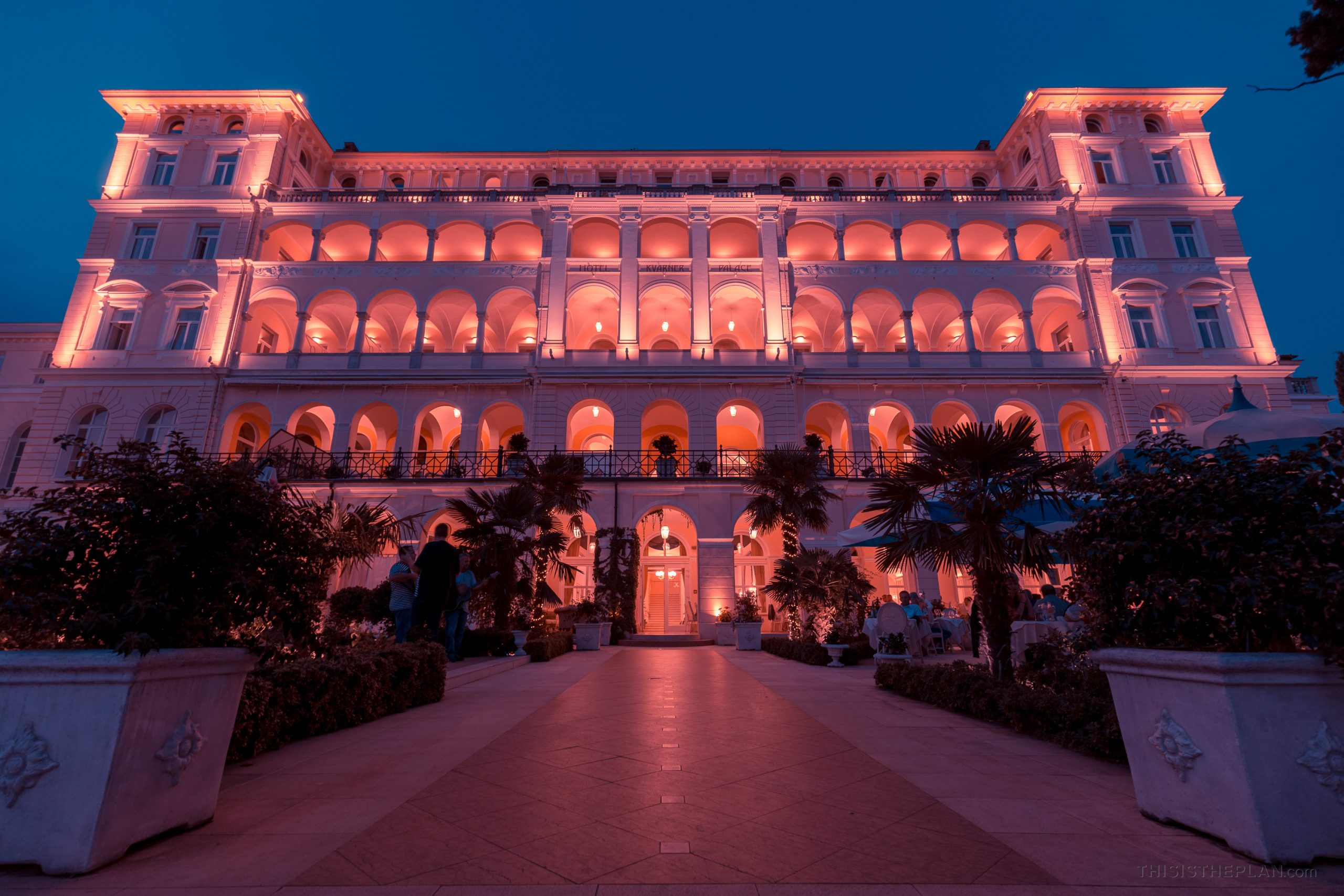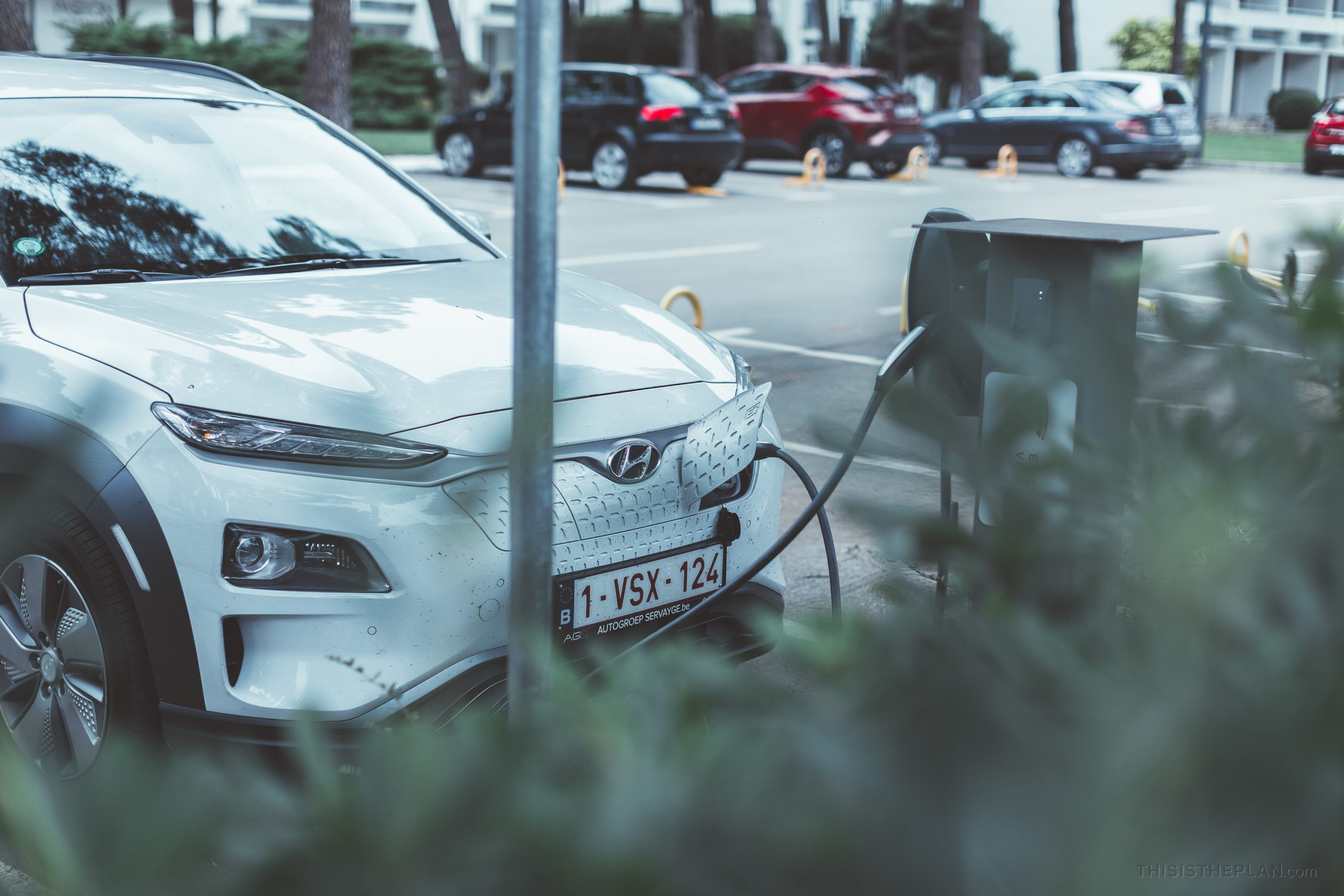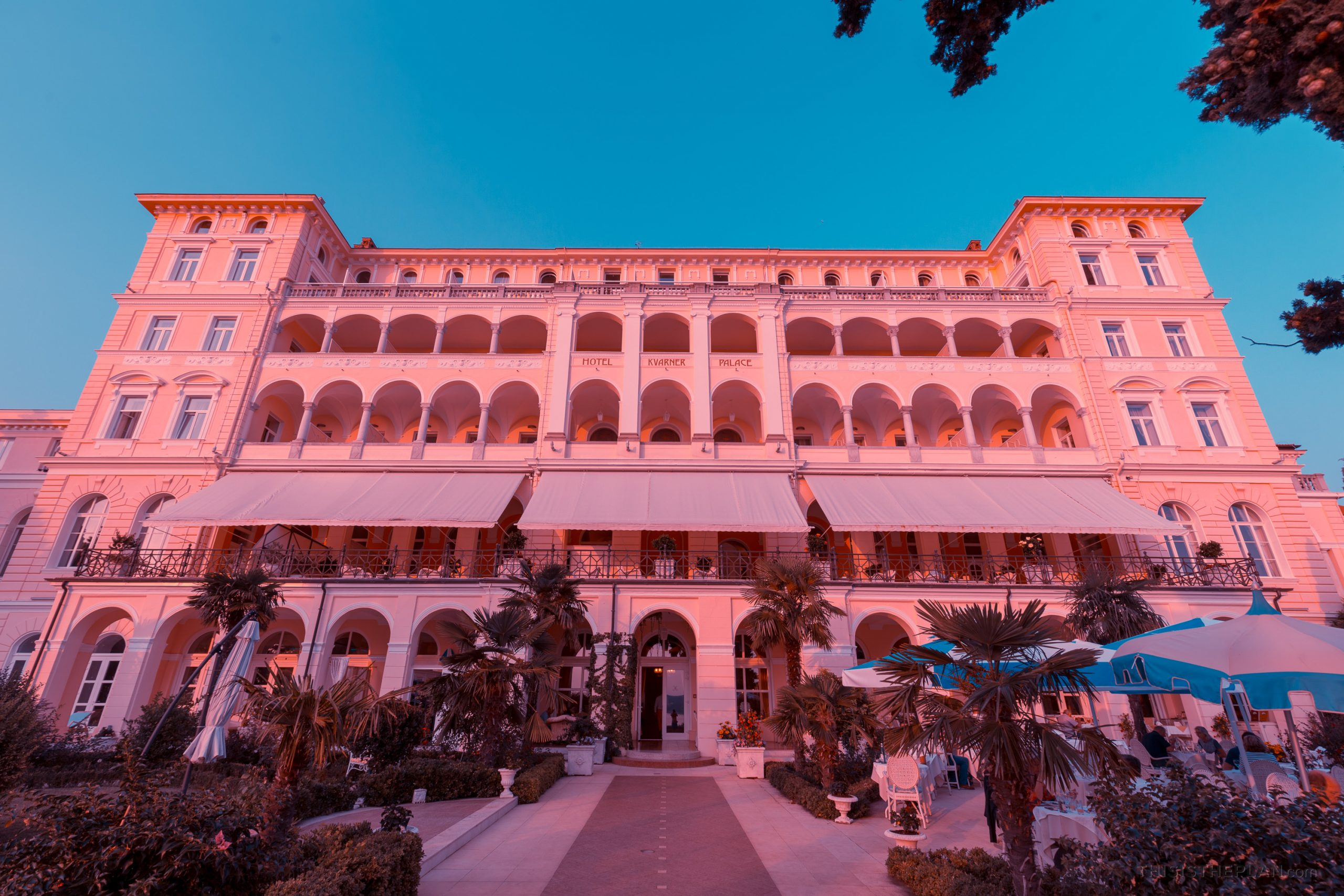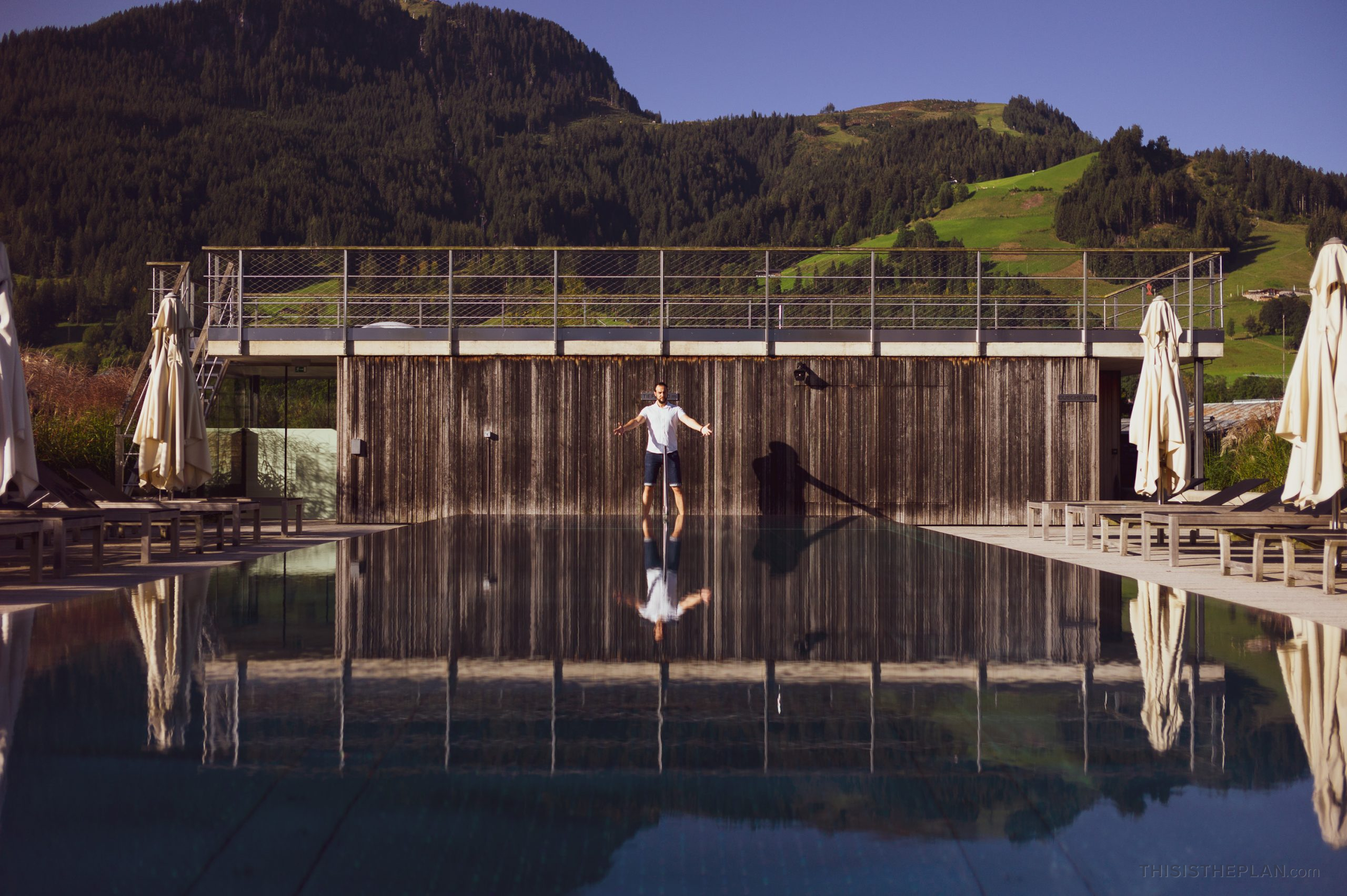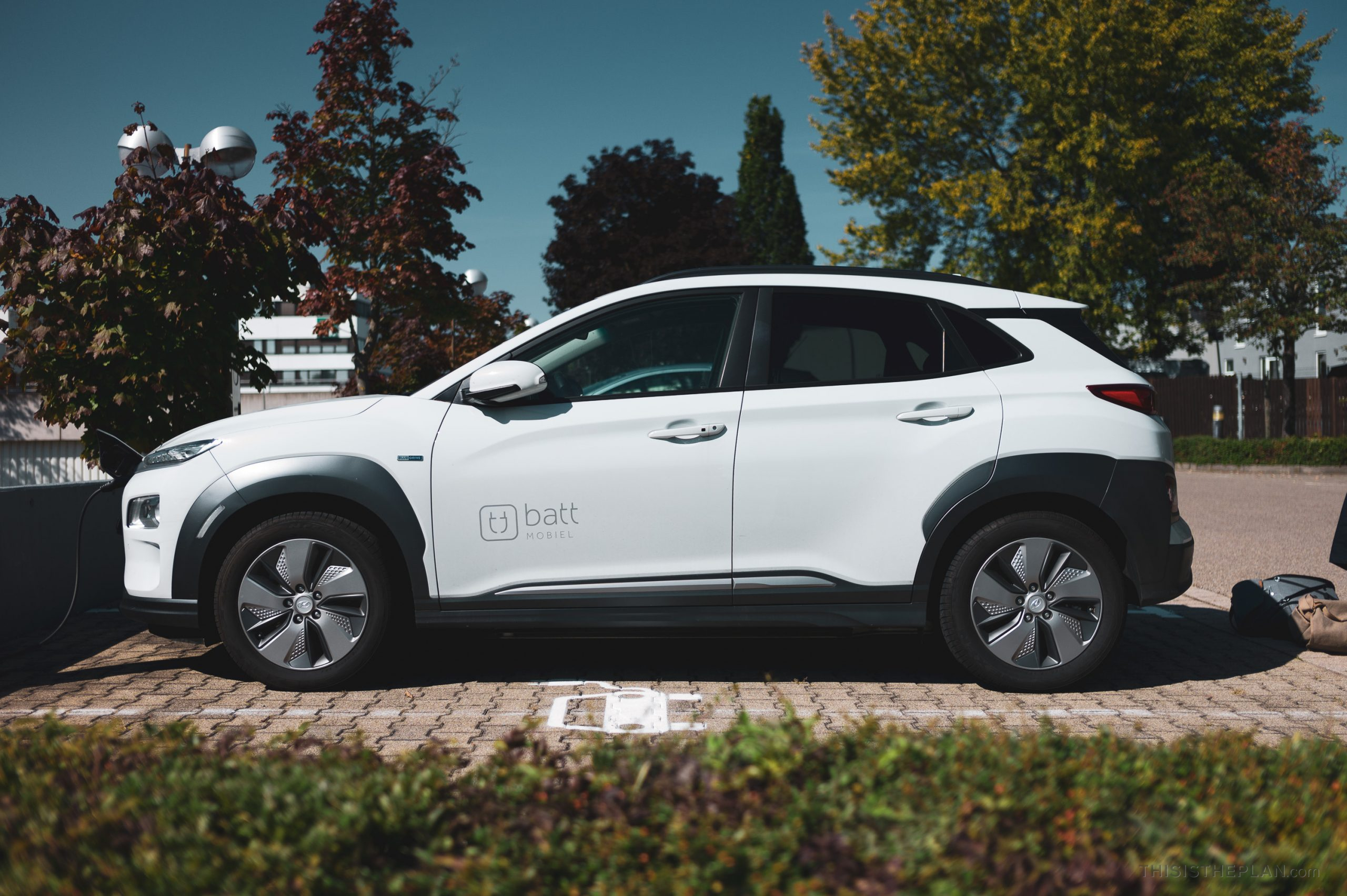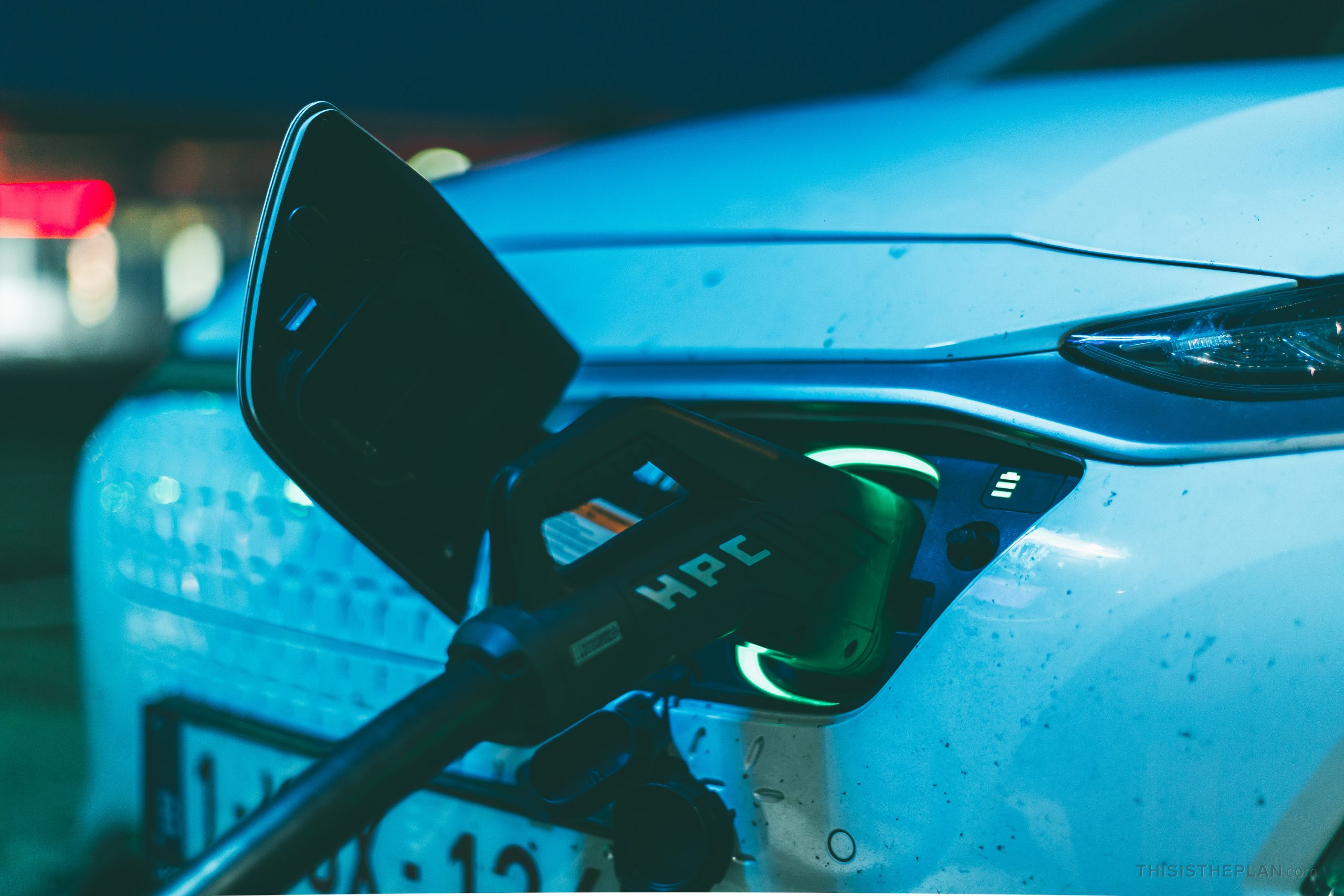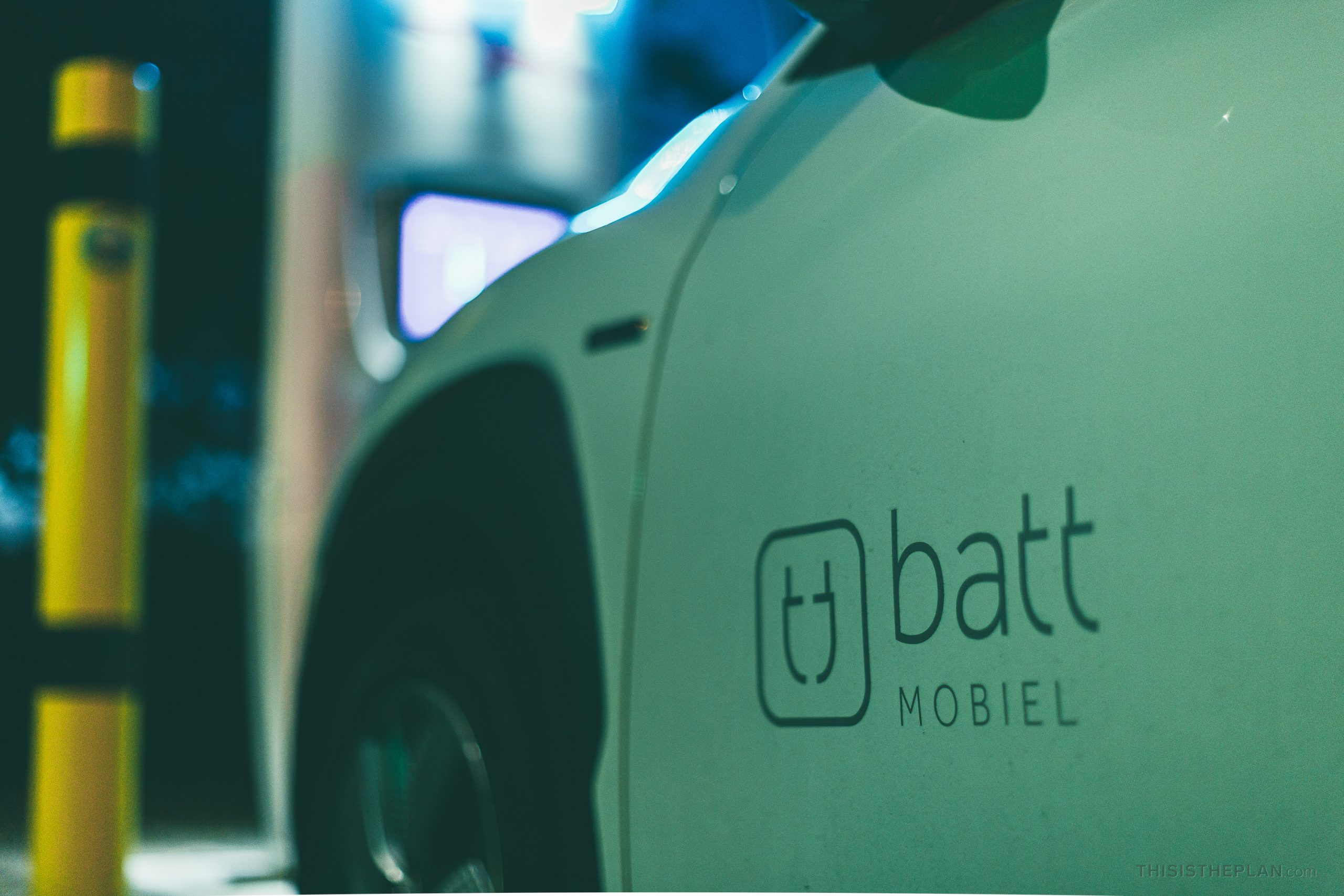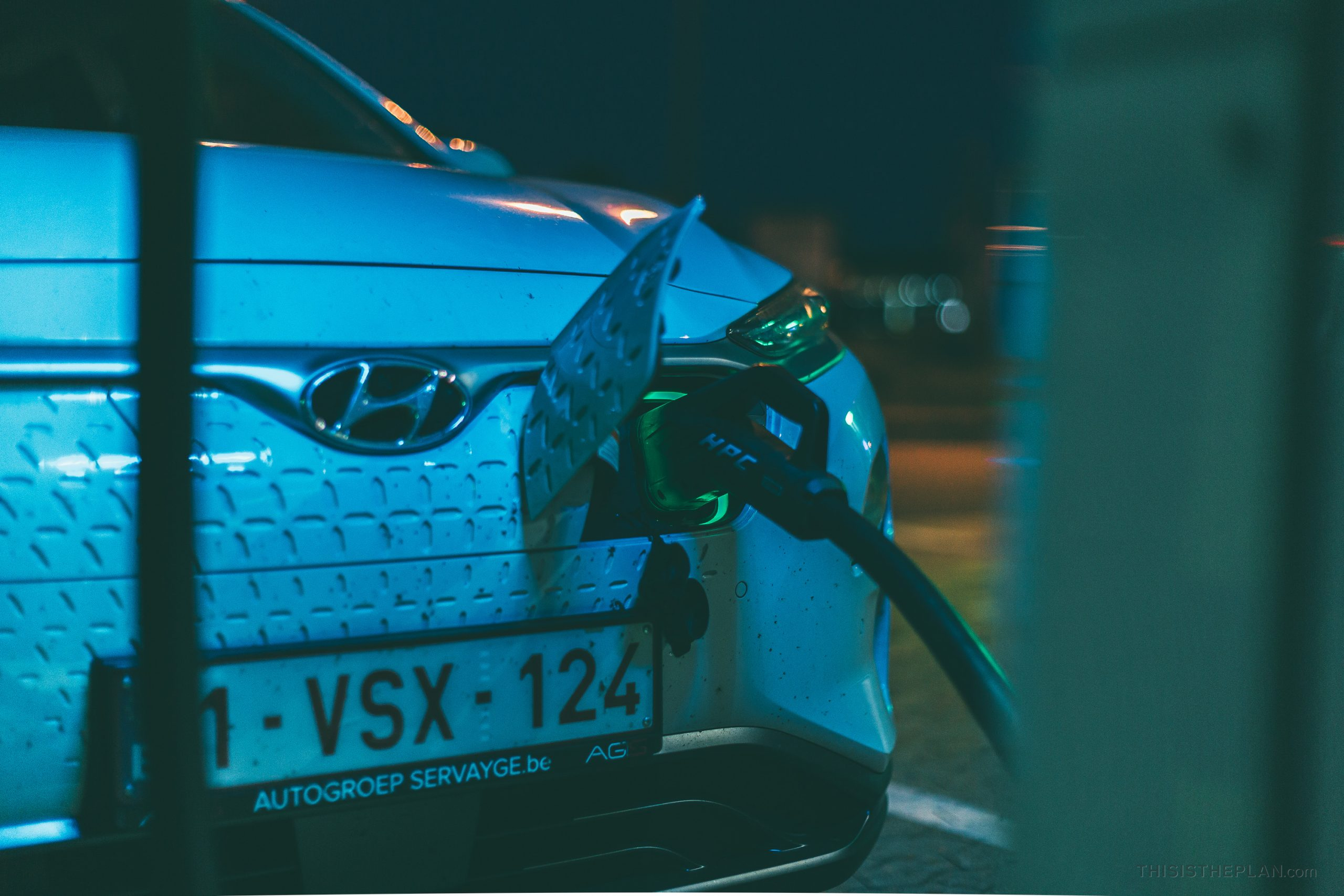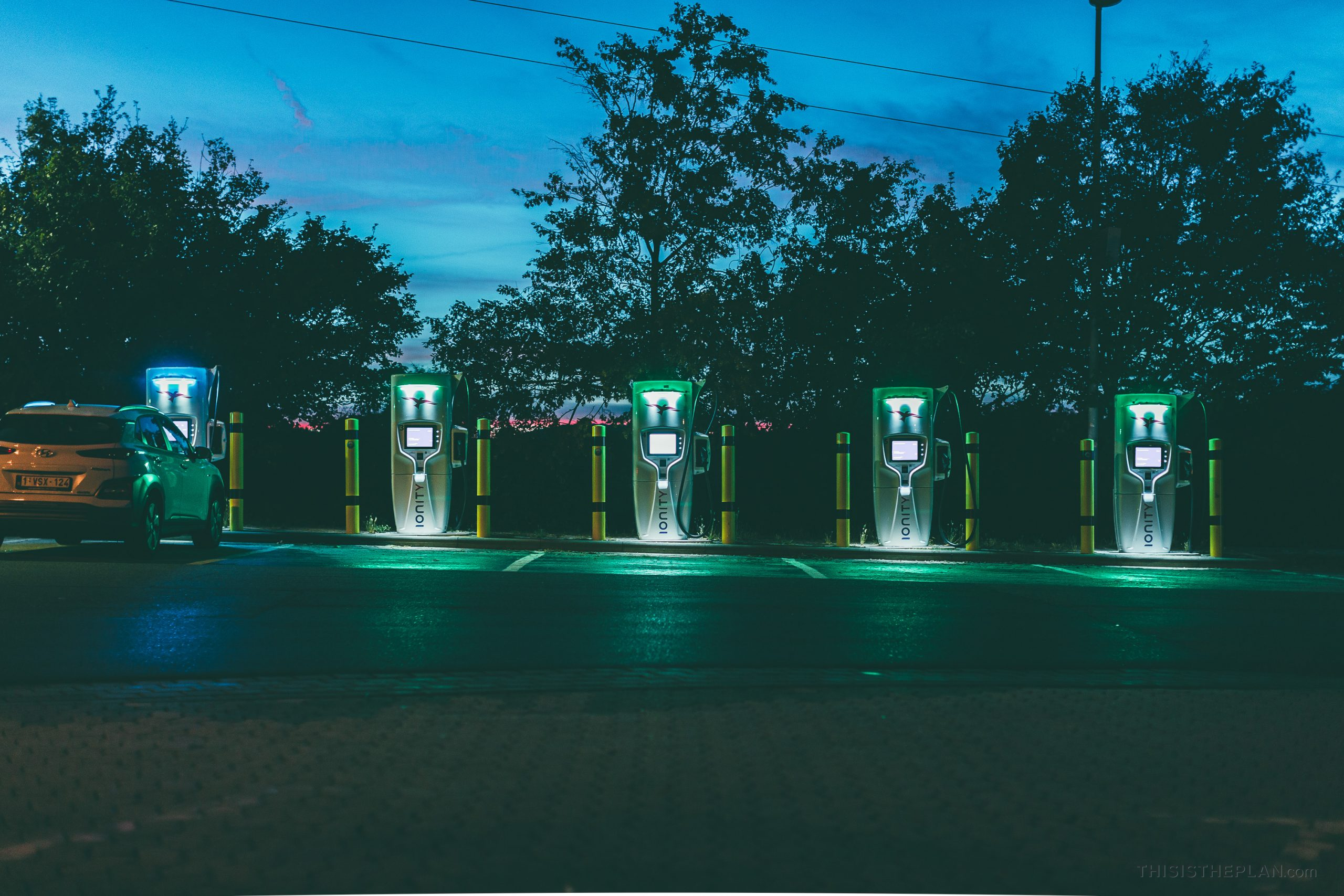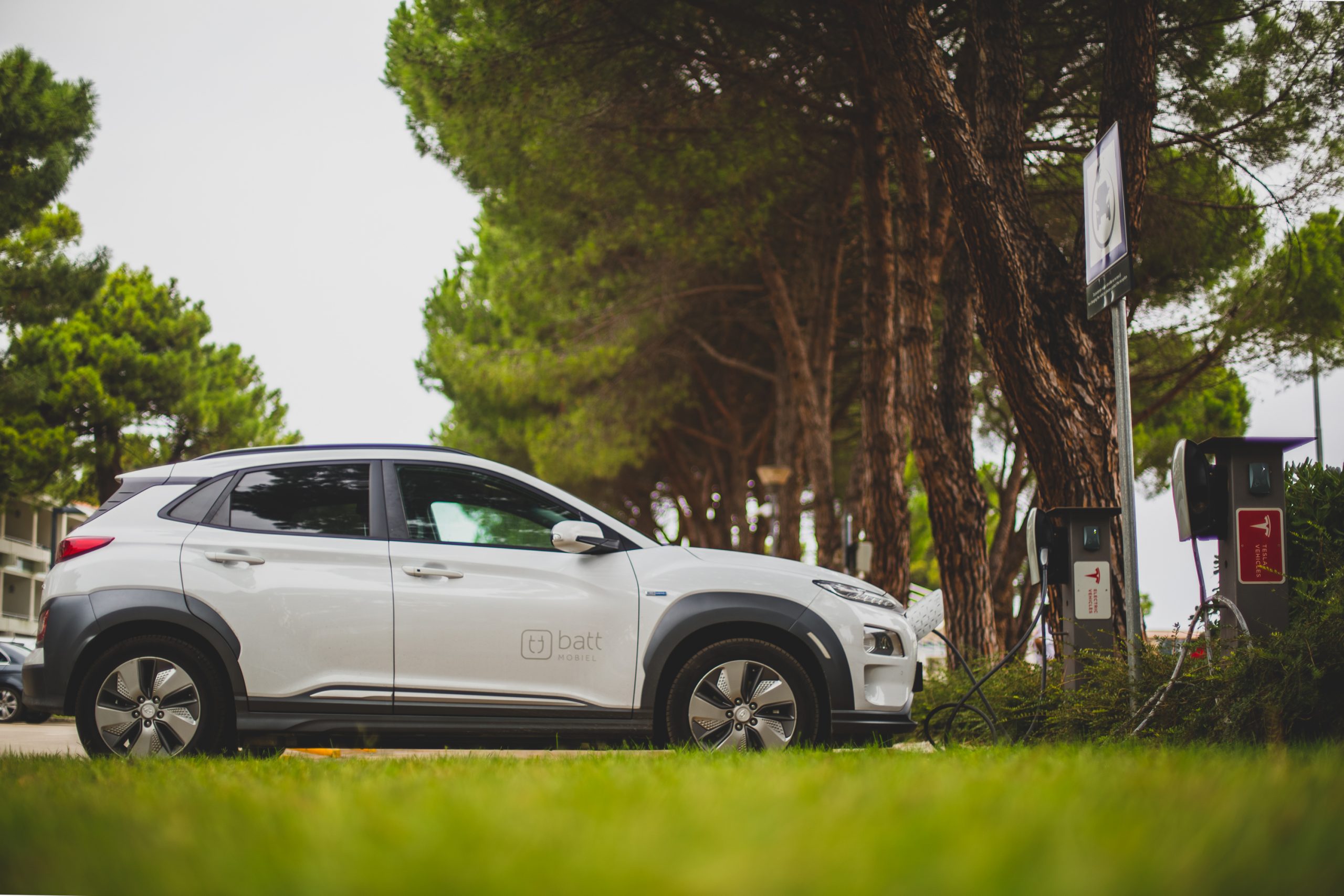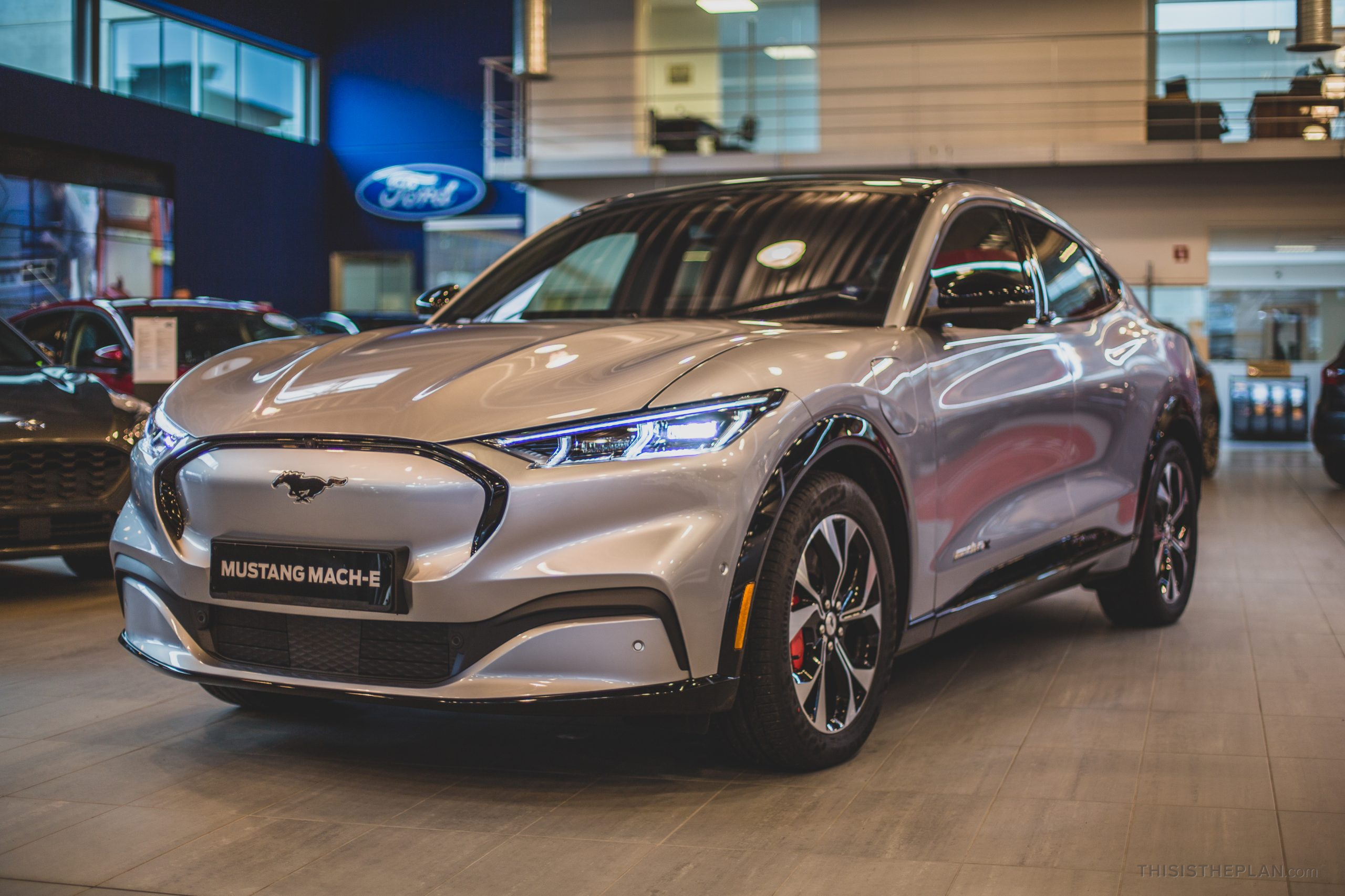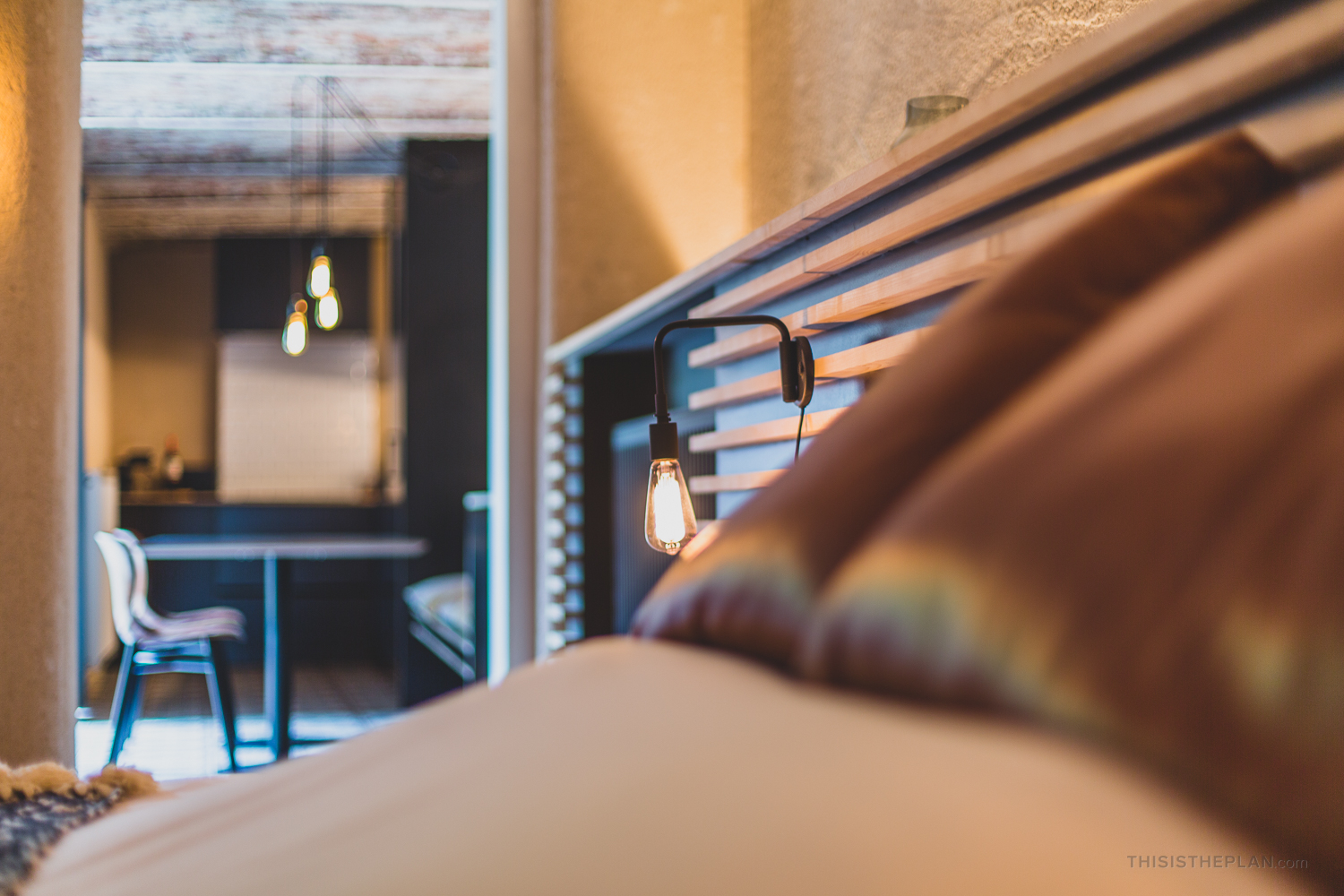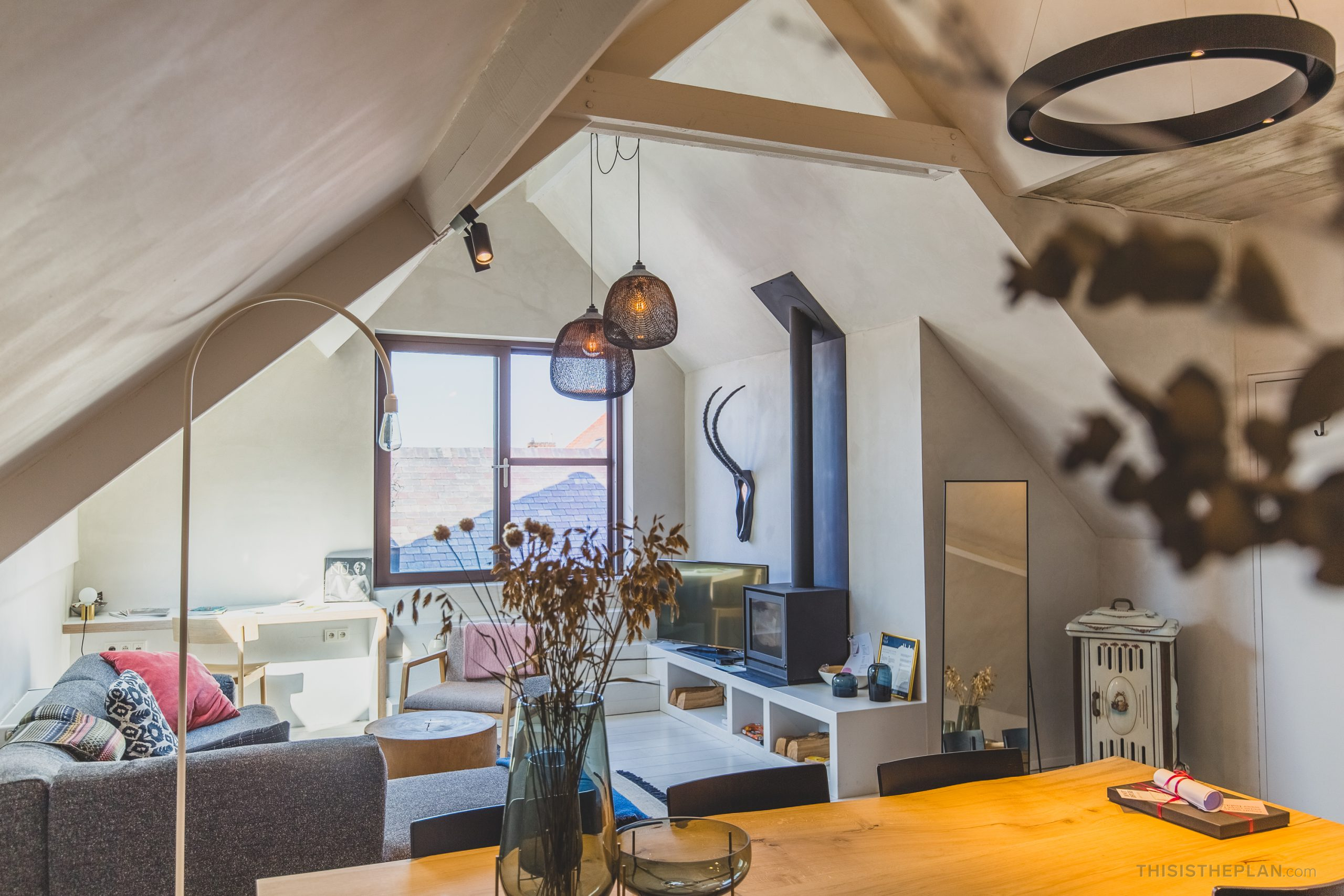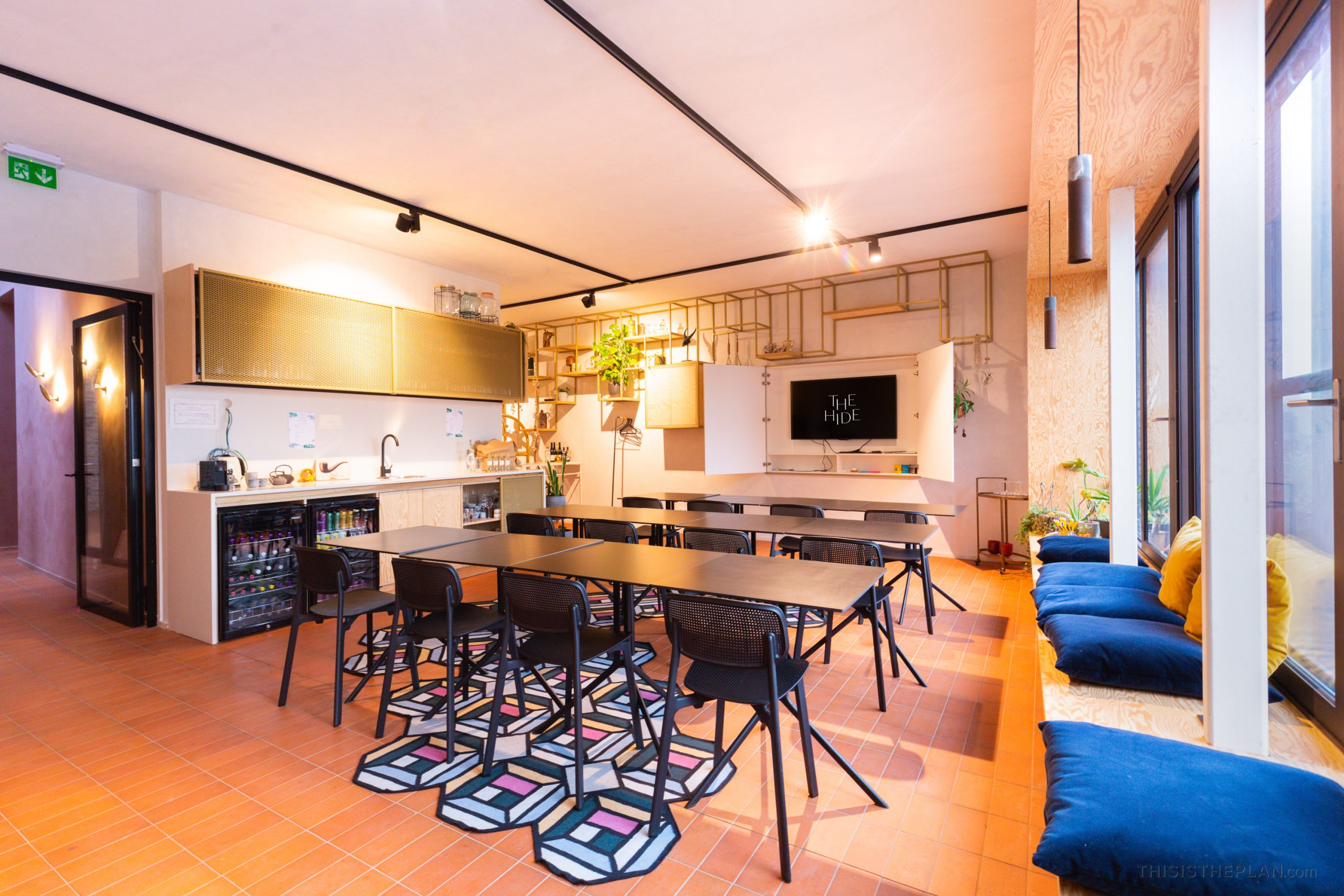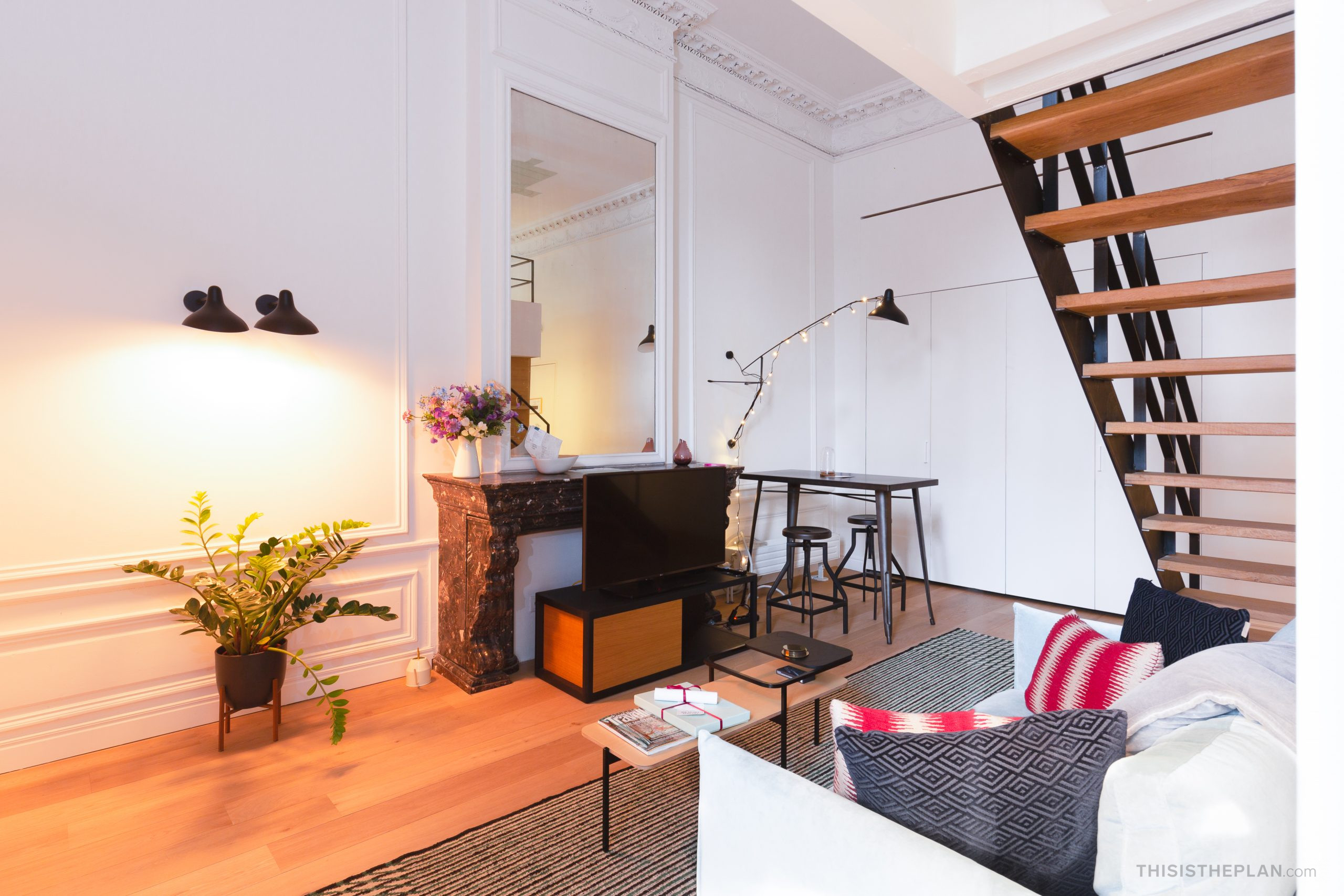The airplane. Adventure time ánd the quickest route to a far destination, but also a giant polluter. The UN calculated that air travel is responsible for a whopping 900 million (!) tons (!) of CO2 in 2018, and that that amount will triple by 2050. Staggering numbers.
“We are all going to have to reduce the extent to which we fly”, said Paul Fennell, professor of “clean energy” at the Imperial College London.
I fly a few times per year. I love airports, airplanes, getting shot through the troposphere in a hermetically sealed bullet at 900 km/h, 10 kilometers in the air. I fly for assignments but also holidays, it has become a default choice. I want to change that.
Driving, okay, easy enough, but what about electric? Is it possible without having to call triple A with a battery pack somewhere halway Austria?
I swapped the airplane for the electric Hyundai Kona EV, called my travel buddy Rudolf, and we took of to beautiful Croatia, with no more planning than a car, a PlugSurfing badge, a route planner for electric cars and a destination. Allons-y!
From Ghent to Split, Croatia, and back, with the Kona EV from BattMobiel!
The Kona EV is a so-called cross-over, not a small but also not a large car, just right for two people with luggage and a decent amount of distance and drive hours to cover. The back seats were also used for luggage (we like bringing excessive amounts of toys), so that was fine for us.
Are there enough charging points?
Some numbers, because numbers are cool:
- By the beginning of 2020, we’ll have about 220.000 charging points in Europe, including a good amount of fast chargers along the highways.
- There are more than 1000 ultra-fast-chargers planned for 2020 that can charge a car up to 400 kilometers in 15 minutes.
- Per 100 km of highway there are now 27 charging points on average.
- In 2019 there were about seven vehicles for one charging point.
- In many places in Europe there are (and have been for some time) more charging points than gas stations.
- The top five countries in Europe with the most charging points at this moment are
- The Netherlands
- Germany
- Frankrijk
- Great Britain
- Sweden
This is what you need.
1. A Plugsurfing pass
Plugsurfing is a network of charging points where you can charge quite effortless with one account and RFID-badge. That alone gives you access to about 110.000 charging points throughout Europe.
You receive a Plugsurfing badge, your account is linked to a credit card, the Plugsurfing app shows you the locations and availability and an overview of your previous sessions. Easy peasy.
Charging on every BlueCorner and Allego point is included in the BattMobiel daily price (note: AC, no DC), who are represented in numbers in Belgium, but not yet in Europe, so you need your own charging pass for that.
2. A Better Route Planner
ABRP is a route planner (well chosen name) in which you can get the legs of the electrical trip calculated.
- Set your car type, so they know the range and average consumption
- Set your destination
- Input what your starting charge is, and how much buffer you want at the end of every leg
ABRP calculates the ideal number of charging stopts to your destination, so you don’t have to wait too long (charging up to 80% goes much faster than 100%, and is usually enough), and you arrive with your set buffer.
The interface is a bit dinky, not really mobile friendly yet, but it works bloody good. Always close to the estimates, and never had any range anxiety. Smooth sailing.

We decided to:
- Only choose our next destination after each leg
- Not drive to Croatia as fast as possible, but stop along the route
What really helped was booking.com where you add the filter electric vehicle charging station, which is usually complimentary (as in free), so you can start in the morning with a fully charge battery! Really awesome.
Lets-a go!
Picked up the car with the BattMobiel app (unlock through the app, the key is attached to a sensor in the glove compartiment, very nice), packed lightly (we’re earing), and off to Brussels to pick up the Rudolf!

First stop: Stuttgart, Duitsland
About a seven hour drive in hops of an hour and a half with 40 minutes of charging up to about 80%. 40 minutes sounded long, but you have a stretch, make a bathroom break, chill a bit and soon enough you’re good to go!



In the morning the car was charged and waiting! Direction: Austria.

Day 2: Kitzbühel, Austria



Worth its own title: In Croatia charging is free at this moment!
Free. Gratuit. Also the fast chargers! They’re still rolling out the infrastructure and software, and like to attract tourists so for now, charging is free. Really. All you need to do is badge in and out (so nobody can interrupt your session).
Day 3: Umag, Istria


Day 4: Grand Crikvenica Hotel
But actually it’s called the Hotel Kvarner Palace in Crikvenica. You’ll understand the choice of title when you get to the pictures.






Day 5: Klis

Dag 7: Pakoštane

Day 7 – 11: Split




So?
Electric traveling works fine*. There’s no need to wait, the infrastructure is there, payments are automatic, beep, plug, wait, go. And the chargers are getting faster and faster. Right now we’re at about half an hour (speed charging), that will be fifteen or ten minutes soon enough.
* In the countries we passed through.
The expenses
On transport (without the car), the trip cost us € 193,18.
This includes:
- The Plugsurfing pass
- Highways and tunnels
- Speed charging with here and there an expensive one, € 85 in total
€ 85 worth of electricity to drive from Ghent to Croatia… and back! About 3500 km according to Maps.
The car isn’t free, of course, this is the calculation:
- 11 days at € 42 / day is € 462
- 150 km / dag included in that price
- 1750 km extra x € 5 per 50 km = € 204 on extra kilometers
So the car cost € 666 (tun tun tunnn) for 11 days. Before you compare to your own car, don’t forget, that includes: full omnium, taxes, maintenance, etc.
2 weeks is heavy use, if you choose for (electric) car sharing, you usually don’t do 3500 km every month.
The fun
Yes, it takes a bit longer. And you have to take your range into consideration. But in exchange for no exhaust and – really – the joy of driving electrically, this easily wins.
Thanks to the necessary stops, we arrived much more relaxed, and we discovered beautiful bits of Europe we otherwise would have missed completely.
If you ask us: more road trips! Electric road trips, of course.



